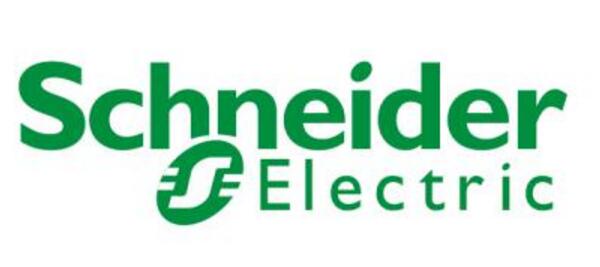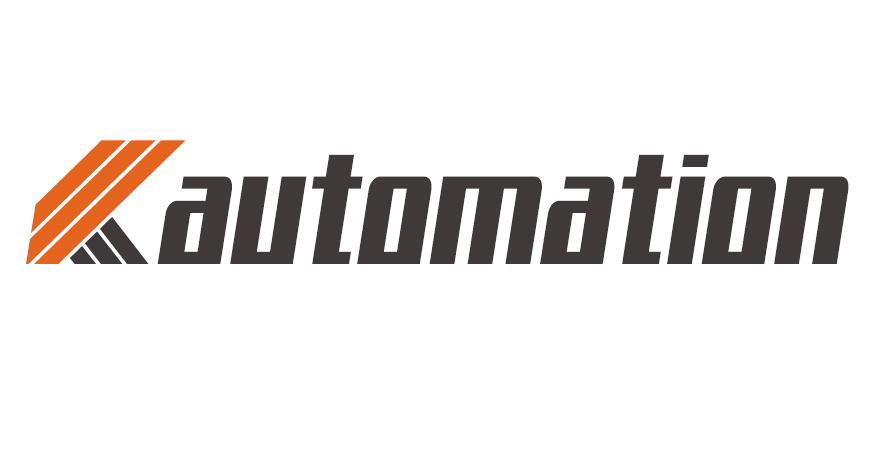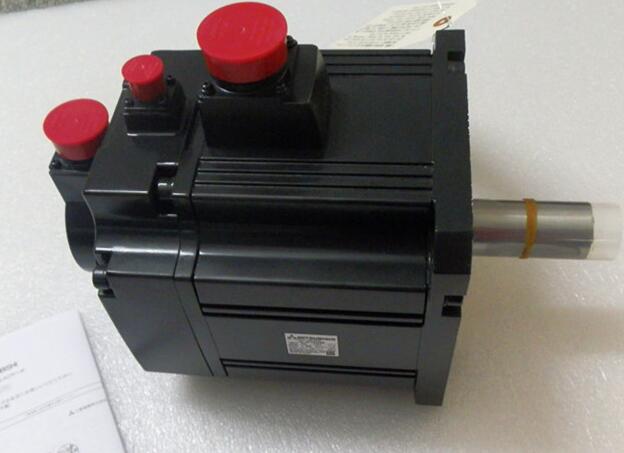Encoder Working Principle And Main Role
An encoder is a device that converts a signal (such as a bit stream) or data into a form that can be used for communication, transmission, and storage. An encoder is a device that converts angular displacement or linear displacement into electrical signals. The former becomes a code disc, the latter is called a ruler. According to the read mode encoder can be divided into contact and non-contact two. The contact type uses a brush output, a brush contact area or an insulating region to indicate whether the state of the code is "1" or "0"; the non-contact receiving sensitive element is a photosensitive element or a magneto-sensitive element, The light transmission area and the opaque area indicate whether the state of the code is "1" or "0". According to the working principle of the encoder can be divided into incremental and absolute two categories. Incremental encoder is the displacement into a periodic electrical signal, and then the electrical signal into a count pulse, with the number of pulses that the size of the displacement.
working principle
By a center of the axis of the photoelectric encoder, which has a ring pass, dark marks, a photoelectric transmitter and receiver device to read, get four sets of sine wave signal into A, B, C, D, each sine wave Phase difference of 90 degrees (relative to a cycle of 360 degrees), the C, D signal reverse, superimposed on the A, B two-phase, can enhance the stability of the signal; the other output each turn a Z-phase pulse to represent the zero reference Bit.
As A, B phase difference of 90 degrees, by comparing the A phase before or B phase in front to determine the encoder forward and reverse, through the zero pulse, the encoder can get zero reference bit. Encoder code of the material is glass, metal, plastic, glass plate is deposited on the glass thin line, its thermal stability, high precision, metal code directly to pass and not through the engraved line, not fragile, But because the metal has a certain thickness, there is a limit on the accuracy of its thermal stability is worse than the difference between the glass order of magnitude, plastic plate is economical, and its low cost, but the accuracy, thermal stability, life are worse The
Resolution - The number of encoders provided by the encoder at 360 degrees per rotation is called resolution, also known as resolution, or directly called the number of lines, usually in the transfer rate of 5 to 10000 per revolution.
main effect
It is a rotary sensor that converts rotational displacements into a series of digital pulse signals that can be used to control angular displacement, and can be used to measure linear displacements if the encoder is combined with a gear train or screwdriver.
Encoder generated by the digital control by the CNC, programmable logic controller PLC, control system to deal with. These sensors are mainly used in the following areas: machine tools, materials processing, motor feedback systems and measurement and control equipment. The conversion of the angular displacement in the ELTRA encoder uses the principle of photoelectric scanning. The reading system is based on the rotation of the radial indexing disc, which consists of alternating light transmission windows and opaque windows. The system is all illuminated vertically with an infrared light source, so that the image is projected onto the surface of the receiver, which is covered with a layer of grating called a collimator, which has the same window as the disc. The work of the receiver is to sense the light changes caused by the rotation of the disc, and then convert the light to the corresponding electrical change. In general, the rotary encoder can also get a speed signal, the signal to be fed back to the inverter, thus adjusting the output data of the inverter. Symptom: 1, the rotary encoder is bad (no output), the inverter can not work properly, become very slow running, and while the inverter protection, display "PG off" ... joint action to work. To make the electrical signal rise to a higher level, and produce no interference with the square wave pulse, which must be used to deal with electronic circuits. Encoder pg wiring and parameter vector The connection between the inverter and the encoder pg must correspond to the model of the encoder pg. In general, the encoder pg model differential output, open collector output and push-pull output of the three, the signal transmission must take into account the inverter pg card interface, so select the appropriate pg card model or set reasonable.
Encoders are generally divided into incremental and absolute, and they are the biggest difference: in the case of incremental encoders, the position is determined by the number of pulses calculated from the zero mark, and the position of the absolute encoder is As determined by the reading of the output code. In a circle, the reading of the output code at each position is unique; therefore, the absolute encoder is not separated from the actual position when the power is turned off. If the power is turned on again, the position reading is still active and active; unlike the incremental encoder, the zero mark must be found.
Now the manufacturers of the encoder series are very full, are generally dedicated, such as elevator-specific encoders, machine-specific encoders, servo motor-specific encoders, etc., and the encoder is intelligent, there are a variety of The parallel interface can communicate with other devices.
An encoder is a device that converts angular displacement or linear displacement into electrical signals. The former becomes a code disc, the latter is called a ruler. According to the read mode encoder can be divided into contact and non-contact two. The contact type uses a brush output, a brush contact area or an insulating region to indicate whether the state of the code is "1" or "0"; the non-contact receiving sensitive element is a photosensitive element or a magneto-sensitive element, The light transmission area and the opaque area indicate whether the state of the code is "1" or "0".
According to the working principle of the encoder can be divided into incremental and absolute two categories.
Incremental encoder is the displacement into a periodic electrical signal, and then the electrical signal into a count pulse, with the number of pulses that the size of the displacement. Each position of the absolute encoder corresponds to a definite digital code, so its indication is only related to the measured start and end positions, regardless of the measured intermediate process.
The rotary incremental encoder outputs pulses when it is rotated, and its position is known by the counting device. When the encoder is stationary or powered down, the position is remembered by the internal memory of the counting device. In this way, when the power failure, the encoder can not have any movement, when the call work, the encoder output pulse process, there can not be interference and loss of pulse, otherwise, the counting device memory zero will be offset, and this The amount of shift is no way to know, only the wrong production results can be seen before. The solution is to increase the reference point, the encoder through the reference point, the reference position correction into the counting device memory location. Before the reference point, it is not possible to guarantee the accuracy of the position. To this end, there are in the industrial control of each operation to find a reference point, boot and other methods. This encoder is determined by the mechanical position of the encoder, it is not affected by power outages, interference.
Absolute encoders are uniquely determined by the mechanical position of each location, it does not need to remember, no need to find a reference point, and do not have to count, when need to know the location, when to read its location. In this way, the anti-jamming characteristics of the encoder, the reliability of the data greatly improved.
Because absolute encoders are significantly better in positioning than incremental encoders, they have been increasingly used in industrial positioning. Absolute encoder because of its high precision, the output bits are more, such as still using parallel output, each of the output signal must ensure that the connection is very good, for more complex conditions but also isolated, connecting cable core number, thus So that the absolute inconvenience and reduce the reliability, therefore, the absolute encoder in the multi-bit output type, are generally selected serial output or bus-type output, the German production of absolute encoder serial output is the most commonly used SSI (synchronous string Line output).
Multi-turn absolute encoders. Encoder manufacturers use the principle of clocks and gears, when the center of the code wheel rotation, through the gear drive another set of code (or multiple sets of gears, multi-group disk), in the lap code on the basis of the increase in the number of turns Encoding, to expand the encoder measurement range, so that the absolute encoder is called multi-turn absolute encoder, it is also determined by the mechanical location coding, each location encoding unique does not repeat, without memory. Multi-turn encoder Another advantage is due to the large range of measurement, the actual use is often more affluent, so do not have to worry about the installation of zero, a middle position as a starting point on it, and greatly simplifies the installation and debugging difficulty. Multi-turn absolute encoder in the length of the advantages of positioning, has been increasingly used in industrial positioning.















